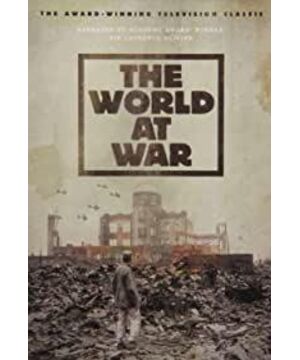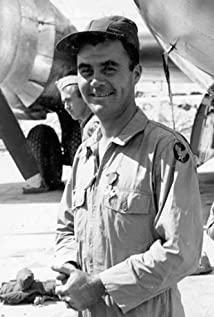At the peak of the war, 61 countries and regions around the world participated in the war, and more than 1.7 billion people were involved in the war. The warring parties are the anti-fascist alliance composed of the United States, the Soviet Union, China, the United Kingdom, France and other countries, and the Axis group of fascist countries composed of Germany, Japan, Italy and other fascist countries. The war has spread across the five continents of Europe, Asia, America, Africa and Oceania; the warring parties are also fighting in the Atlantic Ocean, the Pacific Ocean, the Indian Ocean and the Arctic Ocean.
Although anti-fascist resistance such as the Anti-Japanese War in China and the Anti-Italian War in Ethiopia had begun before September 1939, it is generally believed that the war began with Germany’s invasion of Poland on September 1, 1939, and ended with Japan’s September 2, 1945 Surrender to the Allies.
"The Complete History of World War II" is a grand masterpiece produced by a British TV production company in 1974 and should be the most authoritative documentary reflecting the Second World War. Through the wars provoked by Germany, Italy and Japan in Europe, Asia and the Middle East respectively, the documentary shows the World Anti-Fascist Alliance on various battlefields of sea, land and air during World War II A grand scene of heroic fighting against the fascist invaders. It records the cause, process and end of World War II from a macro perspective. The most laudable thing is that this documentary is relatively neutral and has no particularly obvious position on many major events that happened at the time. You will see the rise and fall of the European Allies and the Axis powers.
In the past, when I watched historical documentaries, there was always a sense of unreality, and the people and events being interpreted were too far away; and this documentary, mixed with a lot of detailed information, the precious videos of that year, the most shocking thing is that one by one Participants of historical events appear on the screen and tell the story in their mirrors, including World War II celebrities, high-ranking officers, ordinary soldiers and the public; history is pushed forward by all people.
There is not a single shot repeated throughout the approximately 26-hour film, all of which are taken from wartime propaganda films or photographs of the time. The film is narrated by the famous British actor Sir Lawrence Oliver. I believe that people who have heard his interpretation of Hamlet's "Live or Die" should have an impression of his voice. In addition, the sponsor of the film is the British Museum. Each episode is shot by a separate production team, with independent screenwriters and directors, and then reviewed by specially hired historians, and then carefully produced. There are also a lot of songs interspersed in the middle, you can get a glimpse of the style and form of the time, both real and human, it is simply a model of large-scale historical documentaries, and it will not be inconsistent to watch 40 years later.
After watching this documentary, things I don't quite understand about the history of the mid-20th century will suddenly become clear.
For example, the Vietnam War was the tail end of World War II. Without World War II, there would not have been China's aid to Vietnam. Before World War II, almost all of Southeast Asia and South Asia were colonies of Europe (Vietnam belonged to France, India belonged to the United Kingdom, etc.). During World War II, Britain, France, the Netherlands and other countries weakened one after another, while Southeast Asia and South Asia formed their own resistance organizations or armies during World War II. , and the development of the other, only made India, the Philippines and other countries independent after World War II. France also wanted to dominate Vietnam. After World War II, it entered Vietnam, which led to the war in Vietnam, and the world changed. Later, France withdrew and the United States was dragged into the chariot. Only after that did China assist France.
A lot of things that happened later, maybe foreshadowed decades ago, can be regarded as one of the cases of the butterfly effect.
Now that most of the people who lived during World War II are gone, this documentary, among the documentaries reflecting World War II, is absolutely unprecedented. Informative, objective, warm, and anti-war values have deeply penetrated my heart...
World War II fans, a documentary that cannot be missed and worth watching.
View more about The World at War reviews











